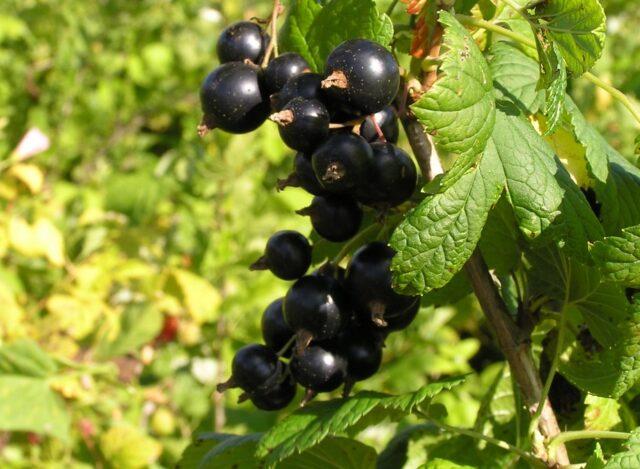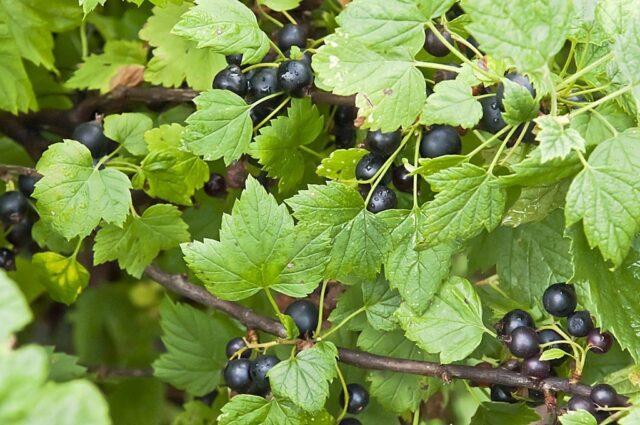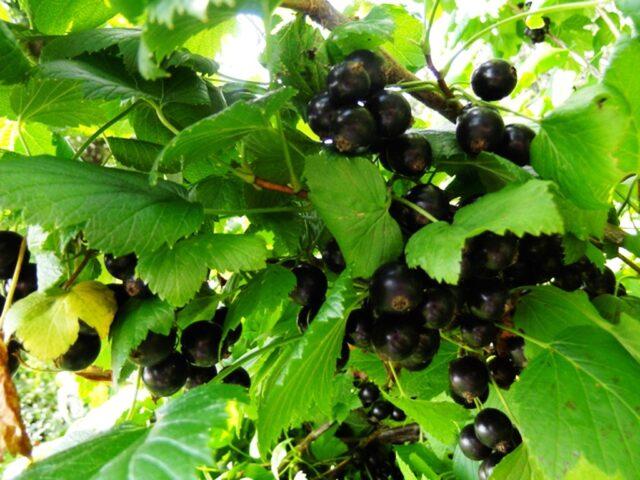Content
Black currants have been grown in Russia since the tenth century. Berries are valued for their high vitamin content, taste and versatility. The currant of the Pamyati Potapenko variety is no exception, which has excellent characteristics that allow it to be grown in different climatic zones.
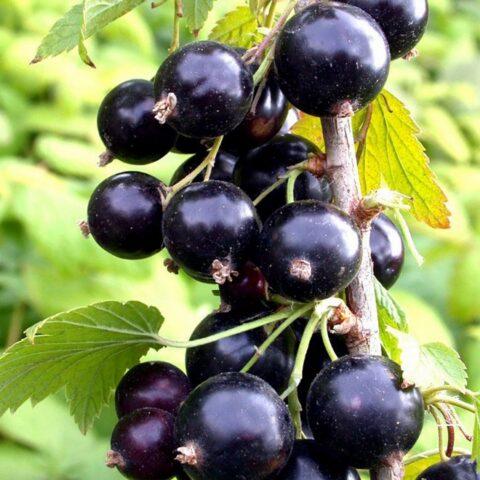
Currant flowering begins at a temperature of +12 12С
Breeding history
The Pamyati Potapenko variety was bred in the mid-nineties of the last century at the Novosibirsk fruit and berry experimental station. He received the name of the famous breeder A.A. Potapenko, who for several decades was engaged in the cultivation of currants for Siberia. The scientist used varieties from the Far East, America and Scandinavia, trying to achieve high self-fertility from the berry bush, resistance to powdery mildew, and excellent transportability of berries.
To obtain currants in Memory of Potapenko, two varieties were crossed:
- Agrolesovskaya.
- Bredtorp
After many years of testing, in 2001, currants were entered into the State Register of Breeding Achievements and recommended for cultivation in Western and Eastern Siberia.
Description of the black currant variety in Memory of Potapenko
The bush is of medium height, the maximum length of the branches is 120 cm. The shape of the crown is semi-spreading, 80 cm in diameter. Young shoots are straight, green in color, in adult plants they bend at the base, their bark acquires gray-brown shades.
Currant foliage in Memory of Potapenko is dark green, medium-sized, three-lobed. Arranged on the stem in alternating order. Leaf plates with denticles, a small notch and a crimson petiole. Their texture is matte, slightly wrinkled.
In racemose inflorescences 6-7 cm long, from fifteen to twenty greenish flowers. Sepals are bent upward. The berries are large, round, at the stage of full ripening - black with a bluish bloom. Average weight - 2-3 g, diameter - up to 12 mm. The skin is thick, the taste is pleasant, sweet and sour, refreshing. Tasting score - 4.8 points. Sugar content - 7.2%, acids - 2.2%. The purpose of the currant variety Potapenko Memory is universal.
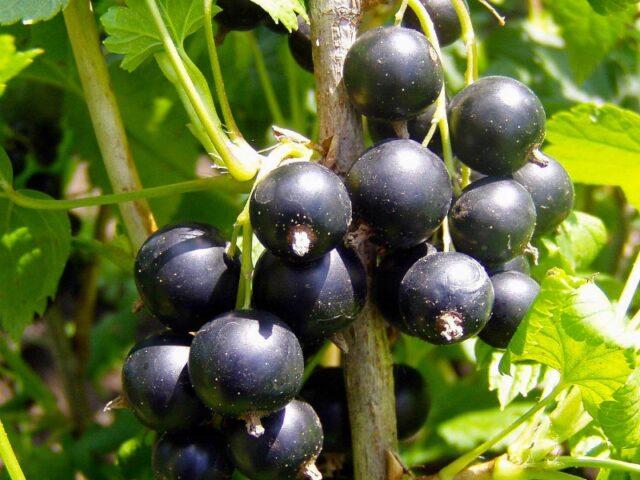
The best time to plant a shrub is early spring.
Characteristics
Blackcurrant in Memory of Potapenko inherited the best qualities from the varieties used in breeding. It is distinguished by winter hardiness, productivity, resistance to diseases and pests.
Drought tolerance, winter hardiness
The Pamyati Potapenko variety is winter-hardy, since it was specially bred for the harsh conditions of Siberia. It belongs to the third climatic zone and can withstand frosts down to -40 ⁰С. Flower buds, like shoots, are resistant to low temperatures, retain their viability after spring frosts.
The variety is patient with drought, the lack of irrigation does not affect the volume of the crop, but premature shedding of berries is possible.
Pollination, flowering period and ripening times
The currant variety in Memory of Potapenko is mid-season, self-pollinated, the flowers are bisexual in the brushes, therefore, for the formation of ovaries, it does not need berry bushes of other varieties.
Flowering begins in May, and three months after pollination, the berries ripen. The harvest period coincides with the middle of summer. The separation of fruits from the brush is dry. Can be collected both manually and mechanically.

The largest harvest can be expected in the sixth year.
Productivity and fruiting, keeping quality of berries
The currant of the Pamyati Potapenko variety ripens gradually, the berries are harvested from July to August. To preserve their commercial qualities, they are torn off together with a brush and laid out in boxes in a small layer. In this form, the crop can be transported.
The shelf life is short, therefore, immediately after picking, the berries are cooled and laid out in small containers. At a temperature of + 2-4 ° C, they retain their properties for two weeks. In frozen form, you can use it after six months.
The yield of currants of the Pamyati Potapenko variety is 3 kg per bush. When grown on an industrial scale - 5 t / ha.
Berries are used in dry, fresh and processed form. They are used to prepare compotes, jelly, marmalade, sauces, add to baked goods and fermented milk products.
Disease and pest resistance
Currant in Memory of Potapenko has high immunity, rarely gets sick with powdery mildew and anthracnose. To a lesser extent, the variety is resistant to wild ash and septoria.
Ryabukha
The first signs of a viral disease appear immediately after bud break. The foliage is covered with small yellow oily spots. Their number is growing rapidly, and their size is increasing. With a strong lesion, they merge, the tissue of the currant foliage becomes thinner and dries. The disease leads to a weakening of the bush, developmental delay and a decrease in its productivity.
As a preventive measure, it is necessary to carry out measures to prevent the spread of vectors of infection - gall aphid.
Septoriasis
White spot or septoria blight may appear on Potapenko memory currants in June. Brown spots are visible on the leaf blades, later whitening in the center. The disease leads to mass death of leaves and their fall.
As a preventive measure in the fall, litter under diseased plants must be collected and burned, the soil must be dug up and treated with a solution of Bordeaux liquid.
Among insect pests, the maximum damage to Potapenko's currants is caused by a kidney mite. The first signs of damage are swollen buds, uneven development of shoots. Later, the plant lags behind in growth, part of the shoots dries out. Each kidney can hide up to several thousand individuals of a tick. Acaricides are used to destroy pests.
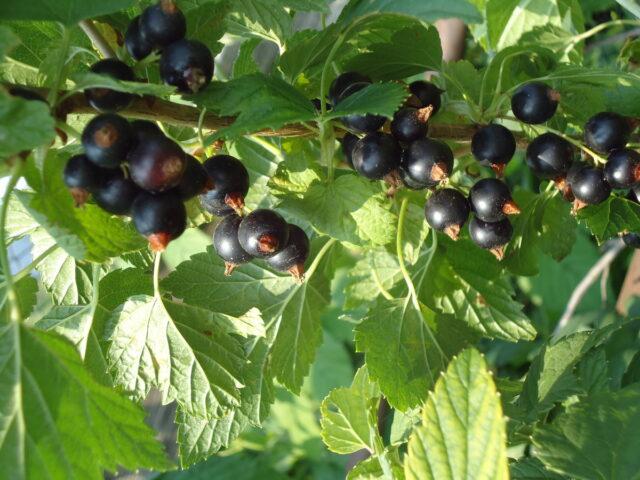
The best predecessors for black currant are legumes
Advantages and disadvantages
Currant in Memory of Potapenko occupies a worthy place among varieties that are well adapted to extreme weather conditions.
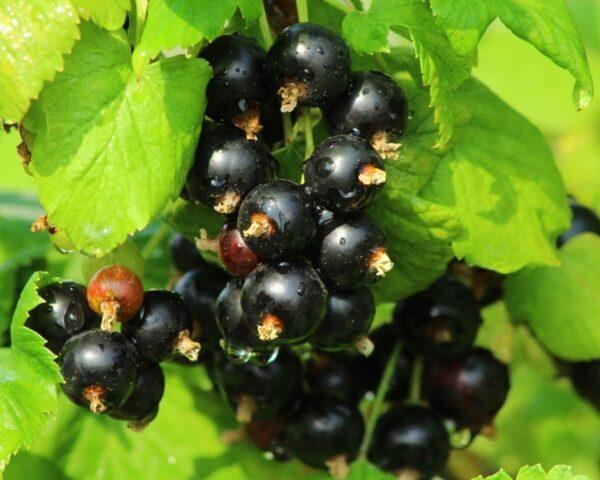
Lodging of the lower branches in an adult bush often interferes with its processing and harvest
Among its advantages:
- frost resistance and drought resistance;
- unpretentious care;
- high immunity to pests and diseases;
- compactness of the bush;
- ease of handling;
- large-fruited;
- regularity of large harvests;
- possibility of transportation;
- great taste of berries;
- the versatility of their use.
There are not so many disadvantages of the Potapenko Memory variety:
- uneven ripening;
- tendency to shedding.
Features of planting and care
The lifespan of a currant in Memory of Potapenko is about 15 years, so you should carefully choose a place for it. A berry bush is planted in an area well-lit by the sun. The substrate must be moist, breathable and drained. The best option is fertile loams with a pH of 6-6.5. If the soil is poor, organic matter is introduced at the time of digging.
Planting currants in Memory of Potapenko, they act according to the plan:
- Landing pits are marked with an interval between them of 1.5 m and 1.6 m - between the rows.
- Dig holes with a width and depth of 50 cm.
- Lay a drainage layer (10 cm).
- Pour humus, fertile soil, 100 g of superphosphate, 50 g of potassium chloride, mix.
- A seedling is placed in the center of the pit, its roots are spread and covered with earth.
- The soil is tamped and watered.
- Mulch the trunk circle with humus.
- The shoots are shortened by a third of the length.
Further care consists in timely watering, feeding, pruning and preparing for winter.
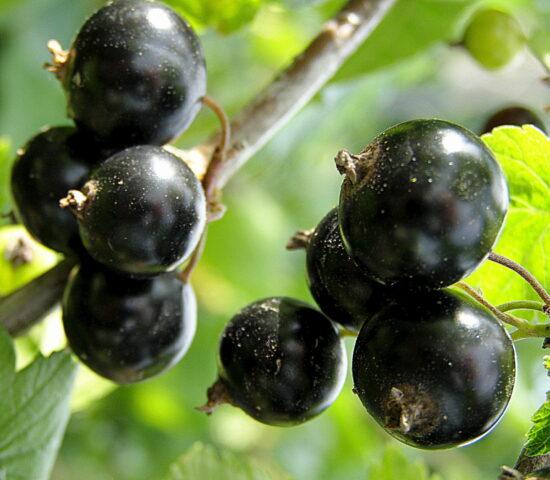
Currant roots lie at a depth of 40 cm
Watering, feeding
Watering young seedlings is carried out at intervals of two times a week. Later, after rooting, it is reduced to one, provided there is no precipitation. Moistening is carried out by sprinkling, drip irrigation or in grooves near the base of the bush.
Since the plant has enough nutrients added to the planting pit, top dressing is applied only in the third year. Fertilize with nitrogen in the spring, and potassium sulfate in August.
Pruning, preparing for winter
To form a correct, healthy currant bush, diseased and damaged shoots are cut out in early spring. Experts advise leaving no more than seven zero shoots, removing weakly growing and strongly inclined ones. To rejuvenate the bush at the age of five, a third of the branches are cut.
Spring pruning rules:
Despite the frost resistance, it is worth preparing the currants - to mulch the soil, and in winter to cover the base of the bush with snow.
Conclusion
Currants of the Pamyati Potapenko variety are an excellent choice for gardeners. The variety is suitable not only for growing in Siberia, but also brings high yields in other regions, shows resistance to diseases and pests, and winters well.
